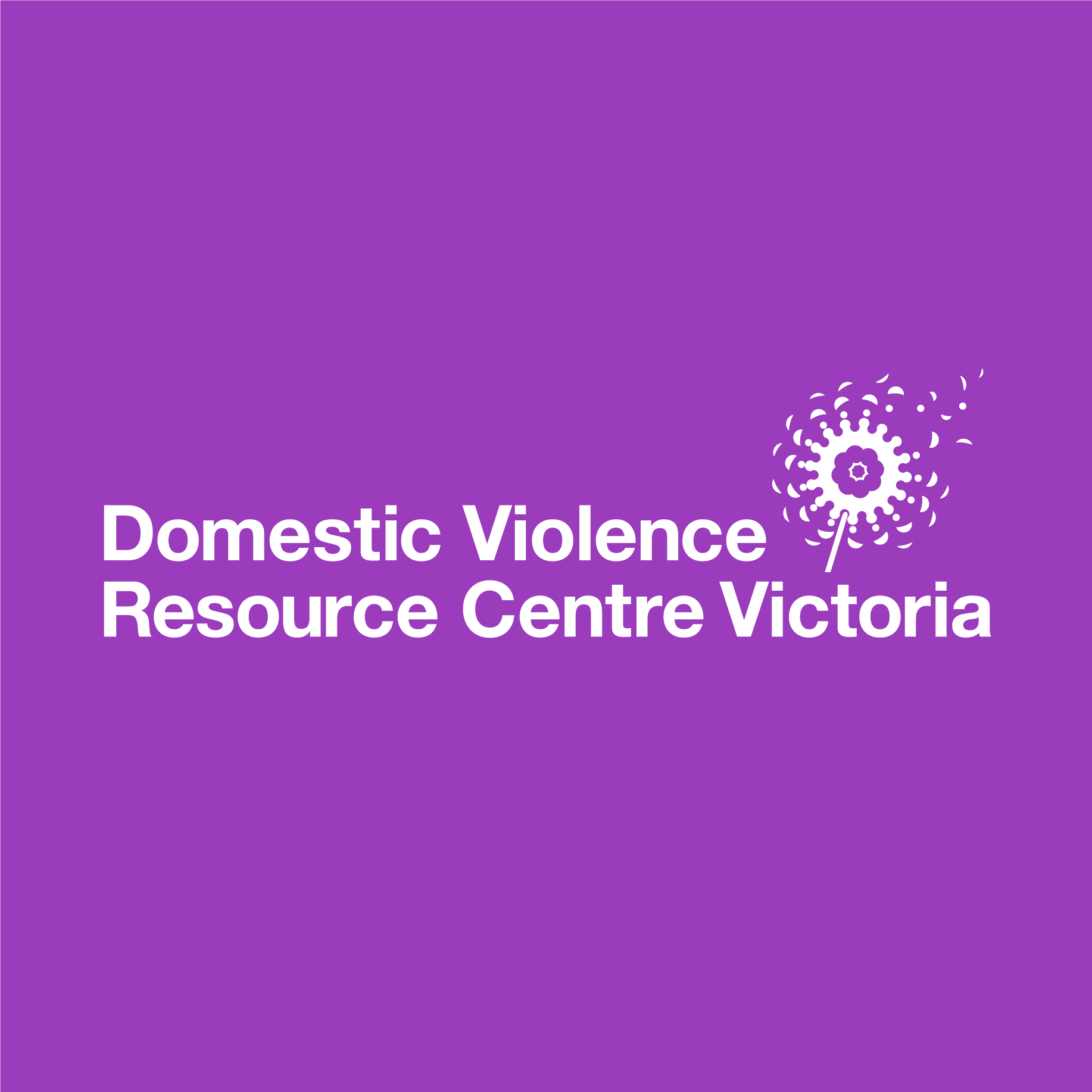It has been a difficult start of the year for many Victorians as catastrophic bushfires continue to burn across the State.
The fires have had traumatic, far-reaching impacts on individuals, families and communities. Homes and livelihoods have been destroyed. Communities have been uprooted. And violence against women is likely to surface and intensify in affected regions.
Several studies have found a link between disasters and the incidence of family violence. Some women’s services have also observed the interconnection, with Domestic Violence NSW confirming last week “reports have emerged of a noticeable, emerging “uptick” in violent incidents.”
To ensure all Victorians survive this bushfire season with their health and wellbeing intact, community-facing workers must be equipped with the skills and knowledge to effectively respond to family violence in the disaster context.
So, what can you do to help? Here’s a list of some things to consider when working with those from bushfire-affected regions:
“Are you safe at home?”
If you aren’t already, take the time to ask women if they feel safe at home. Ensure questions about risk and safety are included in your service’s intake form.
Listen to any concerns women and their children are expressing and validate their experiences. Although these conversations can be difficult to have, ultimately, they could save someone’s life.
“What unique risks are you facing?”
Disaster compounds experiences of family violence, creating unique risks and vulnerabilities for women and children. It’s important you are aware of these so you can assess and manage risk more effectively. See 1800RESPECT’s website for an overview of some key considerations.
“Violence is never okay.”
Research suggests that some members of the community (including service providers or family members) may excuse or downplay abuse that’s occurred during or after disasters.
After the fires, some women may also feel hesitant to report violence; internalising that others affected by the fires, including their abusive partners, are ‘worse off’ than they are.
If someone discloses family violence to you, it’s crucial you label the behaviour for what it is. Convey that family violence is a choice and is never acceptable, no matter the circumstances that surround it.
“Document it.”
We know that family violence is already extremely under-reported. In the disaster context, even more incidents go unreported and unnoticed than usual due to additional barriers to accessing support.
Accurate data collection is important to advocate for appropriate funding and policy development. Ensure you document all violence disclosures you hear and introduce procedures that can help collect accurate family violence data. This could include encouraging your clients to use the Arc mobile app to document and track behaviours that make them feel scared, threatened or unsafe. You can download the Arc app here.
Train staff and co-workers in the importance of accurate recording and contribute to information sharing where relevant.
“What other services can help?”
It is important to understand the limits of your role. Sometimes the best thing you can do for someone experiencing violence is to refer to specialist support services. The Lookout’s service directory can help you find relevant services across Victoria.
If you are unsure whether or where to refer your clients, speak with your supervisor or reach out to 1800RESPECT for advice and secondary consultation.
“Can I provide additional support?”
Once a referral has been made, follow up with your client and determine its effectiveness. This check in also provides an invaluable opportunity to offer any additional support or referrals they may need.
“Can I build my skills and knowledge?”
To build your skills and knowledge in identifying and responding to family violence after natural disasters, The Gender and Disaster Pod have developed a tailored, face-to-face training program called “Gendered Violence and Lessons in Disaster.” For further details see www.genderanddisaster.com.au or contact space@netc.net.au.
To support your practice, Women’s Health Goulburn North East has produced a list of practical ways to support women affected by disaster, Women and Disaster, which includes a Checklist to Keep Women and Children Safe after Natural Disasters.
The Gender & Disaster Pod have also developed a fact sheet on How to ask whether someone is experiencing violence during a disaster. This can be easily distributed to your networks and inform all responses to bushfire-affected communities.
If you are experiencing violence, require support, or know someone who does, contact 1800RESPECT (1800 737 732) or Safe Steps (1800 015 188).

